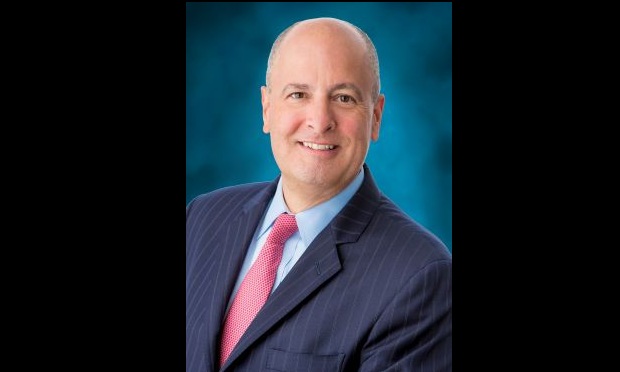Every construction project carries some environmental risk. Even day-to-day operations can expose a contractor to pollution risks that are often overlooked. That makes pollution liability coverage a must-have for every job. Today's pollution policies offer affordable coverage for a wider range of risks.
Many environmental risks are typically excluded or severely limited by standard commercial general liability policies and that can leave contractors without dedicated or sufficient pollution coverage. Yet common operations at a construction site involve a variety — and growing number — of pollution exposures. This gap in coverage can cause significant financial costs along with potential damage to a contractor's reputation.
Everyday construction site pollution exposures can include servicing air conditioning systems (CFC issues/dispersal of solvents or other materials through venting), installing roofs (potential for water intrusion and mold growth) or lay down areas (improper storage or containment of materials). Inadvertent damage to tanks and pipelines can lead to leaks and spills of oil or chemicals.
Converging issues, such as economic, workforce and weather, have heightened the environmental risks in construction. Emerging risks range from fly ash-contaminated drywall in residential construction to contamination of cooling systems with the bacteria, legionella pneumophila, which can cause the potentially lethal Legionnaire's disease. New technology aimed at creating more sustainable buildings can bring unexpected risks. For example, construction materials in “green buildings” may be hydrophilic and could potentially foster mold growth.”
Risks continue to emerge as regulations evolve and environmental regulators target new concerns and strengthen enforcement of existing rules. In recent years, the U.S. Environmental Protection Agency has tightened rules for storm water discharge that cover erosion and sediment controls, pollution prevention and discharges such as motor fuel and concrete washout. The EPA has been aggressive about enforcement of regulations regarding lead dust and debris, and is finalizing requirements that would apply to renovation of commercial buildings where lead-based paint may be present.
At the same time, economic trends have caused widespread changes in the construction industry that may heighten environmental risks. Many experienced contractors and skilled tradespeople left the industry after the 2008 financial crisis, and the continued lack of skilled labor may raise pollution risks — for instance, from improperly welded pipe. Driven by intense competition, contractors are taking on projects outside their traditional areas of expertise that may present unfamiliar pollution risks. Contractors working in different states or jurisdictions have to be careful about complying with local regulations. As more U.S. contractors look abroad for projects, they also need to be aware of the increasing localized environmental concerns as well as the differing environmental — and insurance — regulations in each country.
While the risks and regulations are changing, the rapid growth of the pollution insurance market over the last decade means that coverage for an increasing range of environmental risks is widely available and affordable. This is especially true for small to mid-sized contractors that may not have considered pollution coverage before, but whose operations may nonetheless present significant environmental risks. Increasingly, contractors' pollution liability coverage is being required as part of the insurance specification in project bids.
Because of the expanding scope of environmental exposures, contractors should consider pollution insurance not just for projects where it is required, but, rather, as an overall risk management tool for the often-overlooked, day-to-day pollution risks as well as for the exposures that arise from changing regulations.
Contractors can continue to expect an evolving range of environmental exposures that increasingly are not covered by their standard insurance coverage. Because environmental risks are part of every construction job, contractors should consider pollution liability insurance as an essential part of their overall risk management strategy.
To learn how to help protect your business from evolving environmental exposures, download Chubb's full advisory, “Contractors Pollution Liability Coverage — An Integral Part of Every Project.” The advisory offers information on how pollution insurance can adapt to emerging exposures and what risk management steps contractors can take to protect against unexpected environmental risks.
Want to continue reading?
Become a Free PropertyCasualty360 Digital Reader
Your access to unlimited PropertyCasualty360 content isn’t changing.
Once you are an ALM digital member, you’ll receive:
- Breaking insurance news and analysis, on-site and via our newsletters and custom alerts
- Weekly Insurance Speak podcast featuring exclusive interviews with industry leaders
- Educational webcasts, white papers, and ebooks from industry thought leaders
- Critical converage of the employee benefits and financial advisory markets on our other ALM sites, BenefitsPRO and ThinkAdvisor
Already have an account? Sign In Now
© 2025 ALM Global, LLC, All Rights Reserved. Request academic re-use from www.copyright.com. All other uses, submit a request to [email protected]. For more information visit Asset & Logo Licensing.








